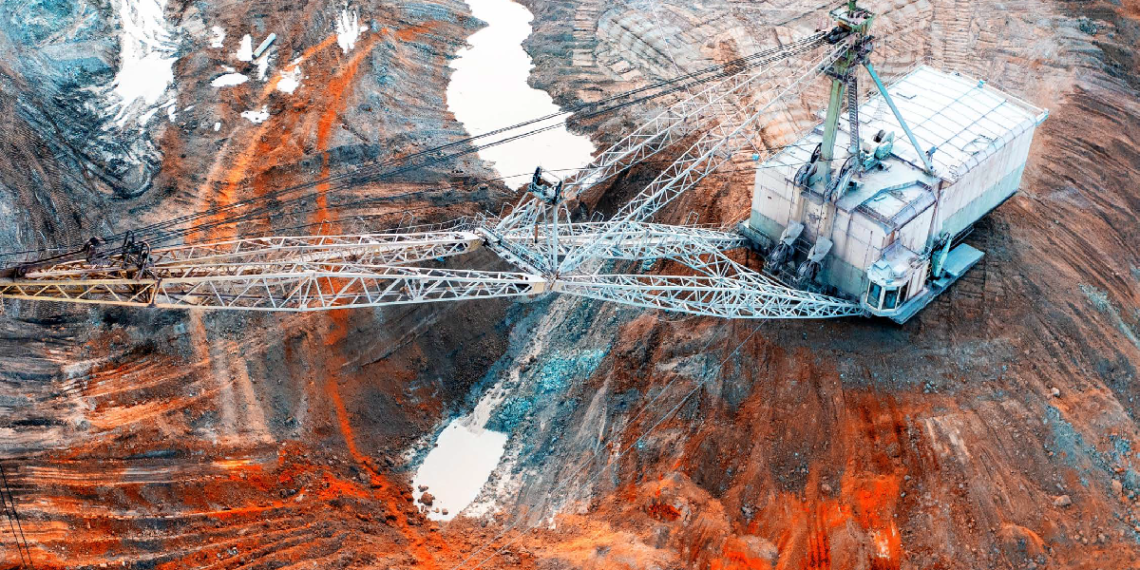What sort of mining activity are you seeing in Namibia today and is there much investment going into junior explorers?
Namibia’s mining sector grew by 10.1% in 2021, and preliminary estimates indicate that the mining sector is expected to grow by another 13.6% and 10.9% in 2022 and 2023, respectively. These are according to the Bank of Namibia forecasts. The sustained growth is primarily being driven by increasing diamond output, which is coming from Debmarine Namibia’s new offshore mining vessel (the Benguela Gem) which was commissioned in March 2022 at an investment of NAD$7B.
The outlook for Namibia’s mining sector is vastly different compared to five years ago, where many operations were reaching the end of their life of mines, with very little new investment into the sector to extend mining life spans and new mine development. However, the outlook today reflects optimism and future growth for Namibia’s mining sector as can be seen by major investments into mine expansion projects and exploration projects.
Can you tell us about Namibia’s strong and growing uranium sector?
I am extremely positive about the future of Namibia’s uranium sector. This view is supported by the green energy transition, which has recently included a shift by major developed countries that acknowledge nuclear as a carbon neutral and sustainable source of energy. Increasing political support for nuclear energy is driving the improved uranium market fundamentals in which future demand is expected to outstrip supply.
Currently, there are two operational uranium mines in Namibia, the Rössing Uranium mine that has been in operation since 1976, and the Swakop Uranium mine, one of the world’s largest open pit uranium mines. Paladin’s Langer Heinrich mine, Namibia’s third uranium operation, was placed on care and maintenance in 2018 due to the depressed uranium market. Paladin is currently progressing this mine for a restart of operations in 2024 amid an improving uranium market and stronger project fundamentals for the project.
There are also some advanced exploration uranium projects that will contribute to a growing uranium sector in Namibia. These are Bannerman Energy’s (ASX: BNM) Etango-8 Project and Reptile Uranium’s Tumas Project.
Bannerman recently completed a feasibility study on its project, and Reptile Uranium is progressing its own feasibility study. Both have thus far demonstrated positive economics with strong shareholder backing. Ultimately, their development is dependent on the favourable recovery of the uranium price to reach a break-even point of between US$65/lb to US$70/lb.
What exploration activities do you expect to see in the coming year, particularly in relation to the energy transition?
In 2021, for Chamber of Mines members alone, we saw an increase in exploration expenditure of 57.5%, and we expect this trend to continue for last year and in 2023. The energy transition is a predominant factor in driving increased investments into exploration, as major shortfalls are predicted of critical metals that are needed to support this transition.
The energy transition now also includes uranium, which has been driving increased exploration activity in Namibia. The need to secure uranium in the future by nuclear energy producing countries and critical minerals to produce electronics, renewable energy, storage components, and electric vehicles is expected to continue driving increased exploration activity in Namibia.
Can you tell us about any other commodities moving to the forefront of Namibian mining, such as rare earths elements?
Namibia has promising deposits of rare earths, and one project is already quite advanced in terms of resource definition. The challenge remains on the processing side for rare earths, for which there is significant test work being done to investigate economic processing and extraction technologies.
This is quite exciting for Namibia especially considering that China is the only other producer of rare earths in the world. However, as mentioned, the challenge remains the low grades of these deposits and processing to extract the minerals, which have not yet been overcome to advance this project to bankability.
In the last 10 years, Namibia has consistently been rated as one of the most favourable mining investment jurisdictions in Africa
How do you feel Namibian mining is placed in comparison to other mining-friendly African nations?
Namibia being a peaceful and stable jurisdiction, with a relatively favourable policy environment, makes it a competitive destination for investment into mining. In the last 10 years, Namibia has consistently been rated as one of the most favourable mining investment jurisdictions in Africa according to the internationally recognized benchmark survey, the Fraser Institute survey of Mining companies.
Namibia has the necessary and stable infrastructure to support a growing mining sector.
The Walvis Bay Port is quickly becoming a preferred and competitive shipping and logistics hub, which has economic links to major towns and cities in the rest of Southern Africa and the continent either through road or rail infrastructure.
Namibia has security of power supply, although much of this may be imported predominantly from South Africa and Zambia and has reliable and well-established distribution networks. Moreover, Namibia is working hard to become energy independent, and even a net exporter of energy through its ambitious plans to produce green hydrogen.












